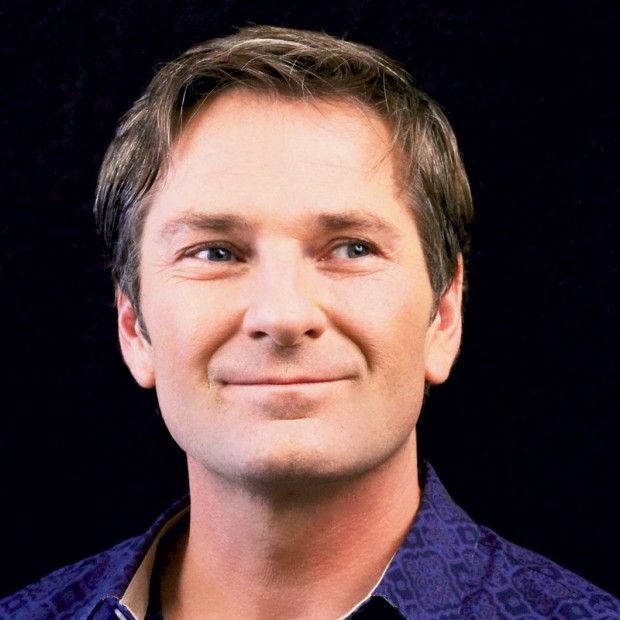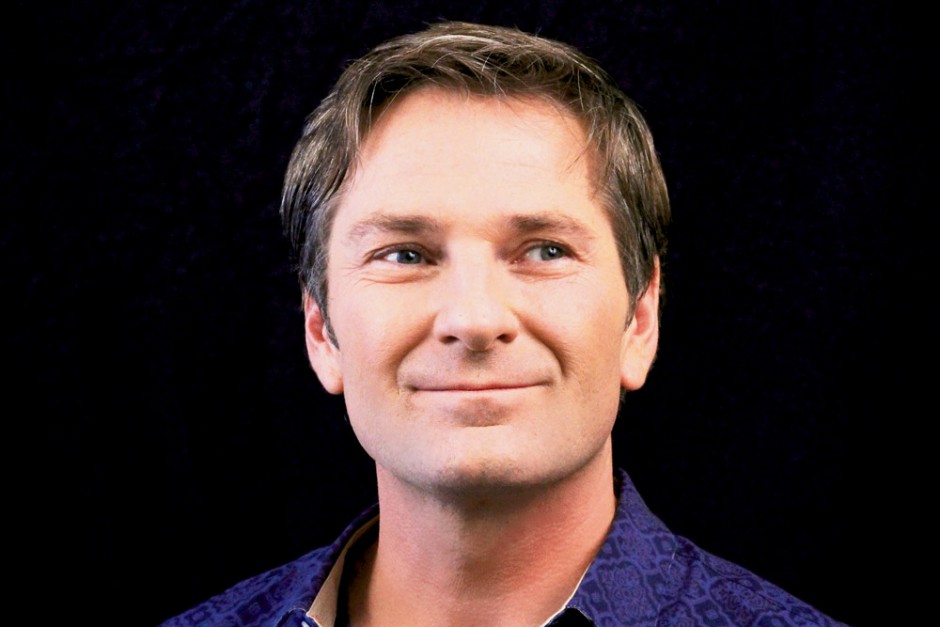
Fans don’t call Doug Stephens “the retail prophet” for nothing. As one of the world’s preeminent industry futurists, Stephens is the go-to expert for such heavy hitters as Walmart, Home Depot, Disney, BMW, Citibank, eBay, Intel and WestJet. Before founding Retail Prophet, he spent more than two hands-on decades learning the ropes of the retail industry, where he held senior international roles and led one of New York City’s most historic retail chains.
Stephens is the author of the book The Retail Revival: Reimagining Business for the New Age of Consumerism (2013), a syndicated retail columnist for CBC Radio, co-host of the popular web series The Future In Store and a member of the advisory board of the Dx3 digital conference. His bold insights on retailing, business and consumer behavior make him a sought-after source by such leading media outlets as The New York Times, BBC, Bloomberg Business, TechCrunch, Financial Times, The Wall Street Journal and Fast Company.
Below, he shares his often eye-opening perspectives. Read on to find out why courageous change is mandatory, shopping is a fundamental human need and this is the “golden age” of retail.
You’ve called this “the end of an era” for retail. What’s ending?
From the post-WWII era through to the 1990s, retailers could depend on a few things. America’s middle class was growing and optimistic. Mass media was dependably effective in reaching consumers. The shopper’s path to purchase was known, predictable and controlled by brands and retailers. And the public was solely dependent on physical stores to offer them distribution of products. All of these conditions have come to an end. By all measures, the middle class is shrinking. Mass media is no longer reaching consumers effectively. The consumer journey from discovery to purchase is complex and circuitous and in a world where Alibaba can sell $3.9 billion worth of goods in an hour, stores are no longer depended upon to avail distribution of products. The collapse of these historic conditions means that all retailers—whether they sell shoes or anything else—must rethink their entire business model.
What opportunities does the new era present for retailers?
There’s a historic leveling of the playing field taking place. Success in retail is no longer tied to how deep your advertising budget is or how big your stores are. Walmart, Target, Macy’s and many other incumbents are now struggling. Meanwhile, small insurgent brands like Shoes of Prey, Warby Parker and Bonobos that are creating awesome products or customer experiences are able to connect directly with consumers and scale incredibly fast.
What might a typical shoe store look like in 10 years?
On the one hand, we will have commodity marketplaces where you can get what you want fast and at what seems a fair value. You’ll get little to no service or customer experience, but you’ll get the product pretty frictionlessly. Amazon, Alibaba, Costco and other sharp discounters will dominate this corner of the market. At the other end, we’ll have highly experiential specialty and luxury retailers. You’ll go to these stores to experience the brand, connect with great staff, have fun, learn about your style and get properly fitted, perhaps even co-design your own shoes. You won’t necessarily depend on stores to carry inventory as they do today; you may have your items shipped to you after the fact. Consumers will bounce back and forth between these extremes of value. Any retailer who gets caught in the middle of these two extremes is going to have a really tough time getting noticed. Looking further ahead, I believe that within 10 to 15 years, people will be able to print their own shoes at home.
In the meantime, what should shoe retailers do to adapt and thrive?
The cold, hard reality is that we now live in a world where no one needs what you sell. Consumers operate with the belief that almost anything they want is accessible whenever they want it. If they don’t get it from you, they can find it somewhere else. And in most cases, they’re right!
The good news is that consumers do need how you sell what you sell. They need the remarkable experience that only you and your store can
provide. That experience is the unique alchemy of your store design, merchandising, engaged staff, sounds and scents. Great brands map every element of the customer experience in detail and execute them all flawlessly.
What are some of your favorite “unique” retailers? Why do you like them?
I like a wide range of retailers for different reasons, but in terms of uniqueness, there is one that I think every retailer should take the time to visit at least once. Bass Pro Shops are simply best-in-class at capturing the essence of the outdoor experience and bringing it into their stores. They also back the experience up with people who absolutely love the things they’re selling and like talking to customers about them. People bring their entire families with them to Bass Pro as an outing. I would throw down the challenge to any retailer to be the Bass Pro Shops of what you sell.
But great retail isn’t restricted to big brands like Bass Pro Shops. Some of the best retail experiences I’ve had around the world have been in small to medium-sized independent shops. For me, it’s the art, beauty and entrepreneurial passion that the owner puts into the store that really makes me want to buy something and that forges a lasting memory of my time there.
You’ve said it takes courage for retailers to change. For example?
During the mid-2000s, after decades of tremendous success, Starbucks faltered. They had overextended distribution, a recession was setting in and the quality of product and experience began to suffer. After an eight-year sabbatical, Howard Schultz returned to the role of CEO and promptly closed 900 stores. Schultz and Starbucks vowed never again to let growth become the sole business objective at the expense of quality. They redesigned their product offering, adopted a local design ethos for their stores and reenergized their staff training programs. This change in philosophy meant standing up to investors who wanted double-digit stock returns at any cost, and that takes courage.
How can shoe retailers implement the concept of courageous change?
Any great business has to first be crystal clear about what it stands for, not only with respect to the value it delivers to customers, but about its higher existential purpose. Patagonia clothing, for example, operates with the mission to use its business to help find solutions to the world’s environmental crisis. They do this by making outstanding clothing that is sustainably manufactured. This mission guides every decision they make. Retailers need to set their own course and have the courage to act very differently from their competitors. It’s so easy, especially when the market is tough, to get drawn into thinking and acting like your direct competitors, but it’s a mistake to do so. It takes more courage to break the rules and challenge the norms.
You’ve called this the “golden age” of retail. Some would disagree.
I maintain that it’s the golden age of retail precisely because we have crossed into an era where being Macy’s or Nordstrom is no longer enough to guarantee success. The next great retailing icon could be a 22-year-old who gets funded by Kickstarter, starts in her parents’ basement and grows into a billion-dollar business on Instagram. You no longer need massive amounts of capital, manpower and physical assets to break into a market. In the digital age, anyone with a remarkable idea or a well-designed product or service that meets a need has an equal shot at becoming successful. It’s happening all around us!
What makes you believe that the physical aspect of shopping is about more than just buying necessary goods?
There will always be times when we need to hit the mall to satisfy an immediate product need, but shopping is about more than just acquisition. It’s a human, social need. We shop for entertainment, for relaxation and also, I think, for a sense of social connection to our community. The more a retailer can incorporate the human aspects of retail into his business, the more successful he’s likely to be and the more fulfilling his work will become. •




